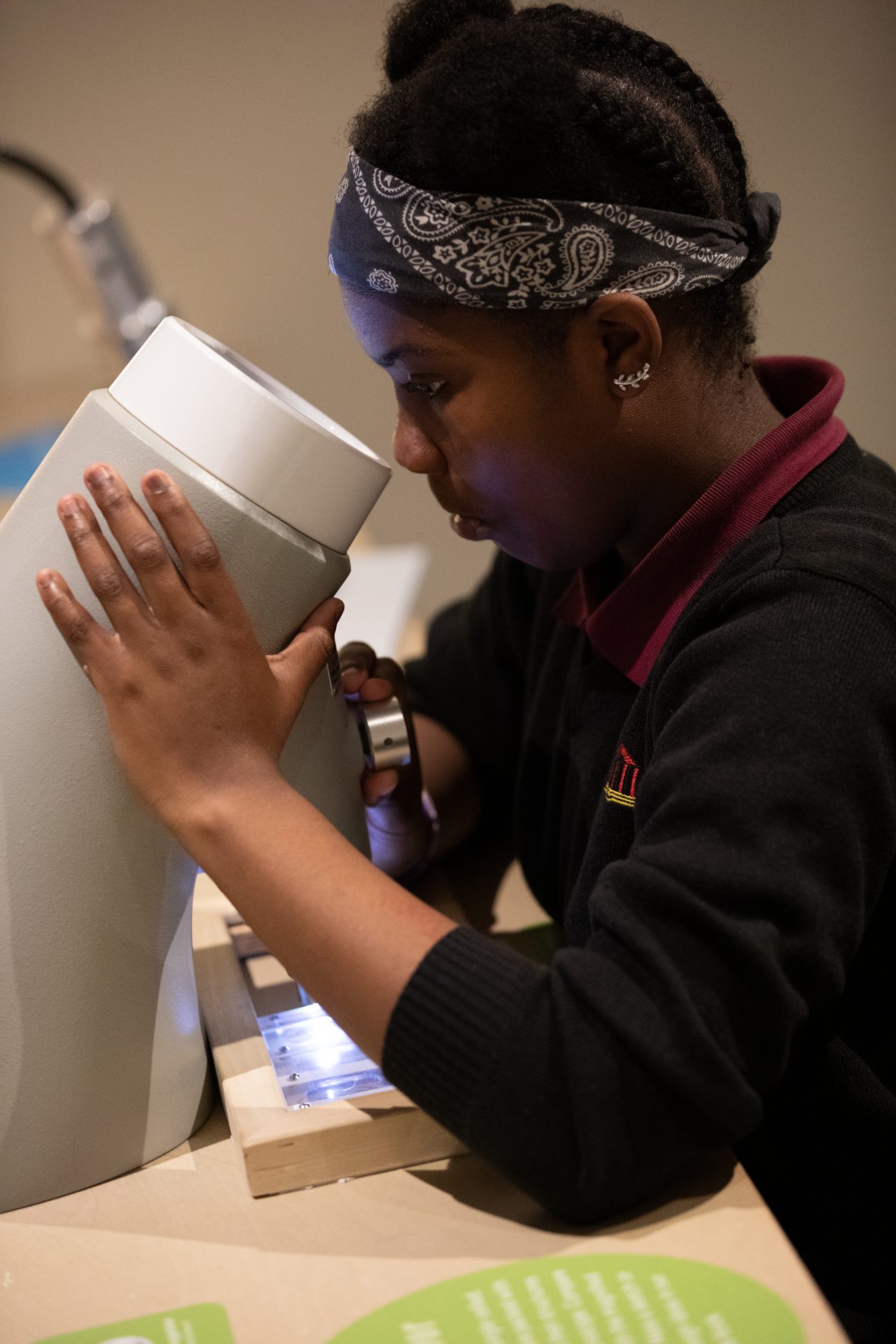
OpenSciEd

OpenSciEd is NGSS-aligned middle school science curriculum using phenomenon-based instruction.
Hands-on and inquiry-based: OpenSciEd engages students as scientists with hands-on, relevant, inquiry-based lessons so students can understand the world around them. Units are based on the idea of a “science storyline,” a coherent sequence of lessons which build students’ understanding of real-world phenomenon piece by piece, anchored in students’ own driving questions. OSE is not worksheets and step by step labs — it is student sensemaking.
Coherent sequencing aligned to NGSS: Designed as a comprehensive coherent sequence that builds across units and across years, OSE adheres to Next Generation Science Standards (NGSS).
Shifts approach to science teaching: OpenSciEd shifts how to teach science. With driving question boards, scientist circles, and 3D assessments — students lead the inquiry process in their classrooms. Unit-specific professional learning allows teachers to experience OSE’s inquiry-based applied learning approach firsthand ensuring teachers have the understanding and skills they need.
93% of the teachers in Massachusetts reported that the OSE instructional materials are more likely to help their students meet their state standards compared to their current units.
OSE has embedded the research of effective science instruction... The PD teaches you how to incorporate those elements into your daily routines and instructional planning. The PD is what makes the curriculum go from good to great.
See OpenSciEd in action
Thanks to Plymouth EDTV for producing and sharing this video.

Educator Resources
Just downloading OpenSciEd is not enough! Implementing OSE well requires:
- A commitment to learn alongside students
- An investment in professional learning
- Embracing discourse in the classroom
- Collaboration with other educators
Learn more about resources to make your implementation of OSE a success.
Learn moreBy the Numbers: OpenSciEd in Massachusetts
-
39,000
Students
-
102
Schools
-
63
Districts
Data on this webpage updated as of September, 2023
